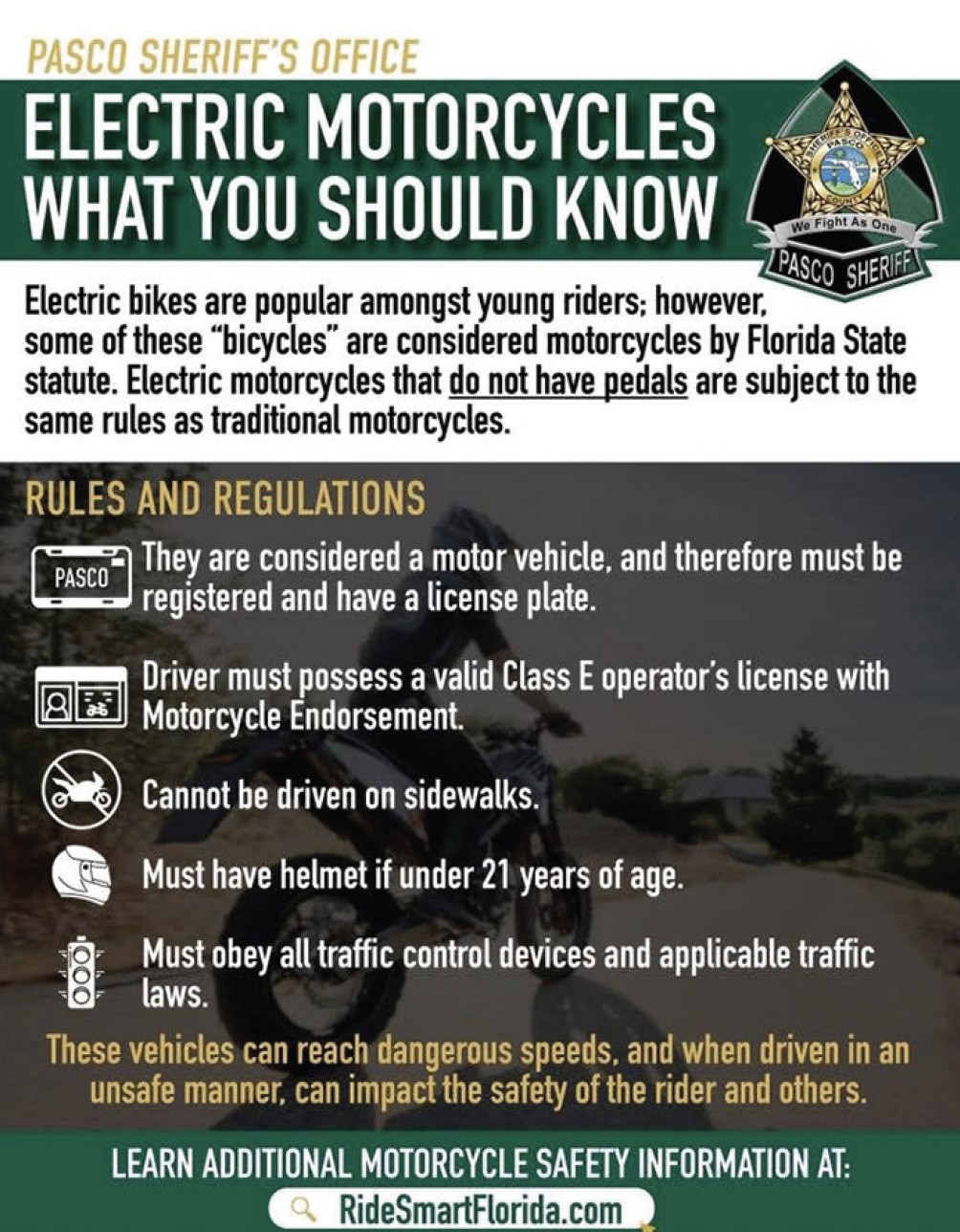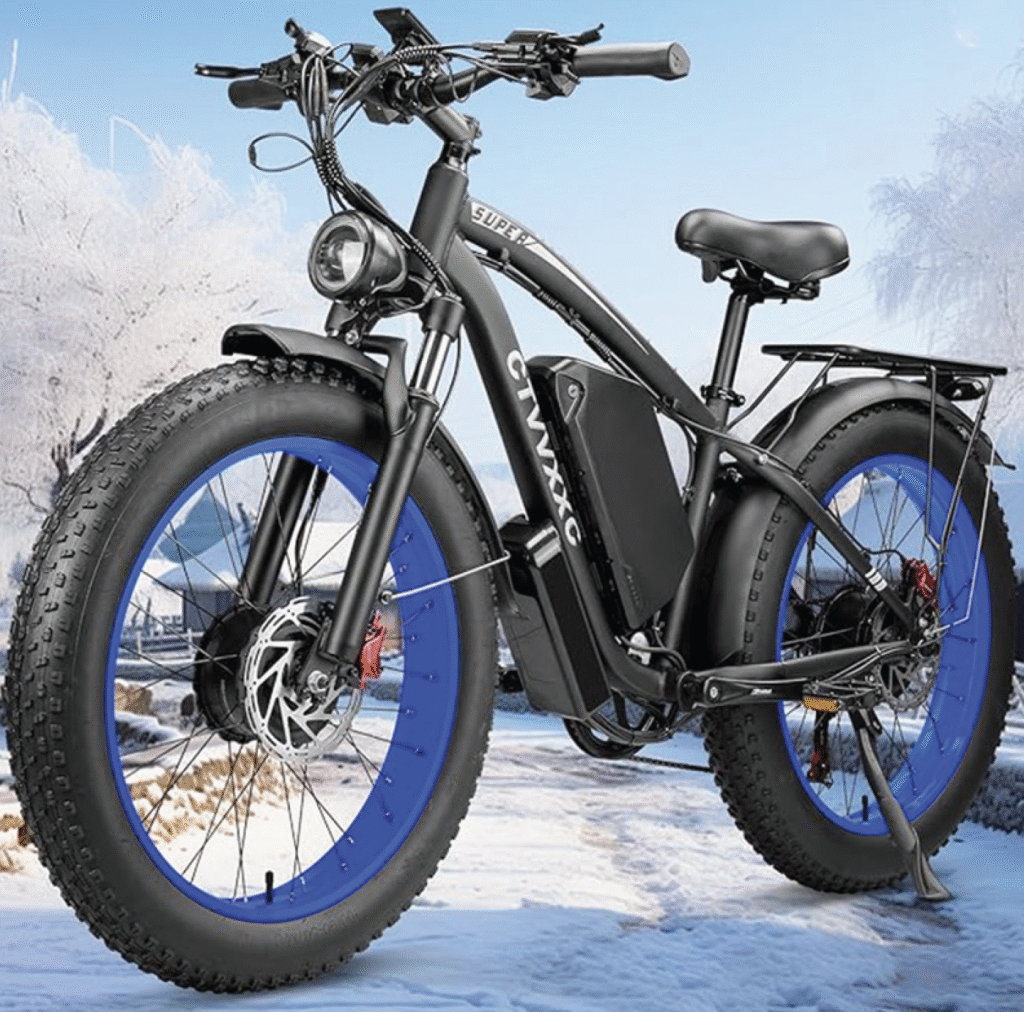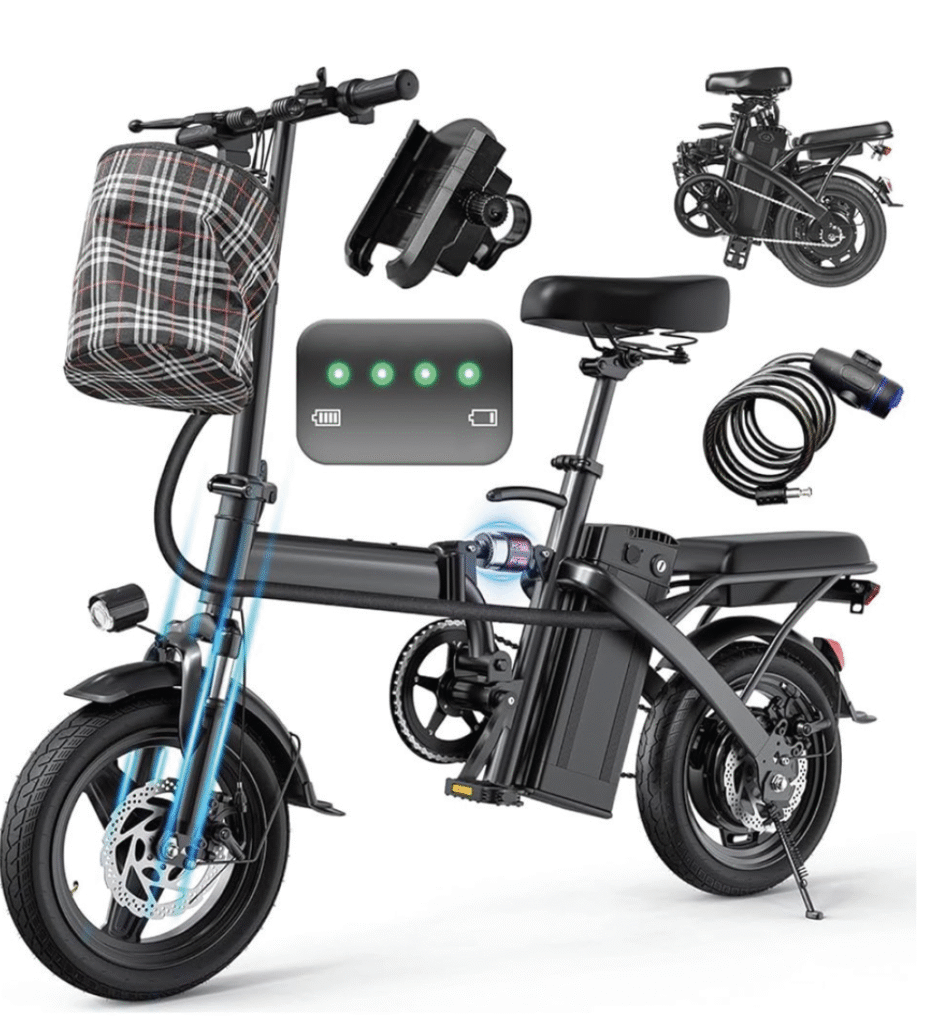
You only have to look at today’s mobile phones and the advent of artificial intelligence (AI) in both workplaces and schools to understand how quickly our technology is evolving.
That’s why the advent of electric bicycles, aka “e-bikes,” has become an important “should I or shouldn’t I?” issue for the parents of teens and even pre-teens clamoring for ebikes this holiday season. These motorized bicycles also are a hot topic for insurance companies now dealing with a rise in accidents for riders of all ages on these e-bikes, as well as for the Florida Motorcycle Safety Coalition (FMSC), which included a seminar about electric bicycles at its quarterly meeting held Nov. 13-14 at the Hyatt Place Tampa-Wesley Chapel hotel on the north side of S.R. 56.
Yes, there is clearly a growing concern about e-bikes and the regulations governing them — everything from properly defining what an e-bike is to discussing possible legislation to address these problems, especially with under-age, unlicensed drivers. All of these concerns were at least discussed, if not completely addressed, during the session at the FMSC meeting.
An electric bike, or “e-bike,” is defined in Florida Statutes Chapter 316 as, “A bicycle or tricycle equipped with fully operable pedals, a seat or saddle for the use of the rider, and an electric motor of less than 750 watts which meets the requirements of one of the following three classifications:
(a) ‘Class 1 electric bicycle’ means an electric bicycle equipped with a motor that provides assistance only when the rider is pedaling and that ceases to provide assistance when the electric bicycle reaches the speed of 20 miles per hour.
(b) ‘Class 2 electric bicycle’ means an electric bicycle equipped with a motor that may be used exclusively to propel the electric bicycle and that ceases to provide assistance when the electric bicycle reaches the speed of 20 miles per hour.
(c)‘Class 3 electric bicycle’ means an electric bicycle equipped with a motor that provides assistance only when the rider is pedaling and that ceases to provide assistance when the electric bicycle reaches the speed of 28 miles per hour.”
These speed limit requirements and the presence of pedals on e-bikes are what keep them classified as bicycles rather than another type of motor vehicle. The problem with these definitions is that, as more and more new e-bikes continue to enter the market that are able to exceed the 28 mph limit set by the Florida Statutes, a legal limbo arises as to how these faster e-bikes should be classified.
In order to be considered a “street legal” electric motorcycle, the e-bike must have safety features like turn signals, headlights, brake lights, and be registered and license-tagged. Vehicles exceeding the electric bike definition, but that do not have these features, might only be considered for “off-road use,” like how gasoline powered dirt bikes have been classified for many years.
E-Bikes vs. Mopeds vs. Motorcycles

When an e-bike is capable of reaching speeds of up to 29-30 mph, it enters a legal gray zone in which it is closer to a “moped” — if it meets statutory requirements.
The Florida statutory definition of a moped is, “any vehicle with pedals to permit propulsion by human power, having a seat or saddle for the use of the rider and designed to travel on not more than three wheels, with a motor rated not in excess of 2 brake horsepower and not capable of propelling the vehicle at a speed greater than 30 miles per hour on level ground and with a power-drive system that functions directly or automatically without clutching or shifting gears by the operator after the drive system is engaged. If an internal combustion engine is used, the displacement may not exceed 50 cubic centimeters.”
But if an e-bike or moped is able to reach speeds in excess of 30 mph, it can be classified as an unregistered motor vehicle or a motorcycle.
“So, if you have an e-bike that is doing 40 miles an hour, it really classifies as a motor bike,” said Bill Milton, the chief counsel for the Florida Highway Patrol (FHP) and co-speaker for the state’s “e-bike definition, HB243, SB382, and More Panel,” at the FMSC meeting on Nov. 13. “There’s nothing else that classifies it. It would be a motor vehicle because a bicyclist, even on a human power bicycle, is still a vehicle.”
The consensus of the presentation was that, as of right now in Florida, any e-bike exceeding the 28 mph defined limit may fall under motor-vehicle law, creating uncertainty and confusion for not only the law enforcement community, but also for the parents of the young, often unlicensed children begging them to buy an e-bike. Attendees at the FMSC meeting discussed how law enforcement is trying to deal with e-bikes statewide, including Pasco County, which had a flyer distributed at the FMSC meeting (top photo).
“I’ve talked to a few law enforcement officers in Wildwood and they have a small department, but they’re out there with lasers and they’re clocking [the e-bikes],” said one attendee. “I asked [one officer], ‘are you making the correct charge? Are you writing them up?’ and he said, ‘we’re going to write them up, and we’re going to let the judge decide.’”
Meanwhile, the Pasco County Sheriff’s Office has created a safety flyer reminding people that some e-bikes are considered motorcycles by Florida State Statute and must follow the same rules as traditional motorcycles including: having proper registration and license plate, have a Class E (non-commercial) license, obey traffic laws, must wear a helmet (unless over 21 years old) and are prohibited from driving on sidewalks. Also required for these higher-speed e-bikes are “MOTORCYCLE ALSO” or “MOTORCYCLE ONLY” license endorsements.
The flyer also warns that, “These vehicles can reach dangerous speeds, and when driven in an unsafe manner, can impact the safety of the rider and others.”
Young e-bike riders in Florida are not required to have a drivers license because e-bikes that can not exceed 28 mph have the same legal rights as traditional bicycles. This means young e-bike riders can still use sidewalks and bike lanes, unless local law restricts such actions. The state also does not enforce a statewide minimum age restriction on who can ride an e-bike, meaning that anyone is allowed to ride them, regardless of their age.
New E-Bike Bill Proposed

(Photo source: istockphoto.com)
As concerns among Florida citizens grow about the possible dangers e-bikes pose to streets, lawmakers are now proposing a solution to address the problem.
House Bill 243, sponsored by State Representatives Yvette Benarroch (R-Collier County), Kim Kendall (R-St. John’s County) and Omar Blanco (R-Miami), addresses Florida’s rising e-bike concerns by modifying the state’s current definition of e-bikes.
If passed, this bill will update the current list of definitions for e-bikes and motorcycles.
Under this proposed bill for the 2026 Legislative Session, e-bikes that exceed 28 miles per hour will no longer be defined as such and will fall under the new definition of “electric motorcycle.” The proposed definition defines “electric motorcycles” as “any motorcycle powered by an electric motor of 750 watts or more that is capable of a speed greater than 28 miles per hour.”
Additionally, the bill will modify the existing definition of a motorcycle by including “electric motorcycle and an autocycle” into it.
For e-bikes, the new bill adds an amendment to Section 316.068 of the Florida Statutes regarding crash reports, stating that when describing the vehicle in a crash they must, “include whether the crash involved a motorized scooter, an electric bicycle, or an electric motorcycle.”
For education about e-bike safety, the bill adds that on the examination people take to obtain a Class E (non-commercial) driver’s license exams are required to have, “At least five of the 25 questions addressing bicycle and pedestrian safety must specifically cover safe electric bicycle and motorized scooter operation for all road users.”
On the manufacturing side of e-bikes, the bill also will require manufacturers and distributors to affix a permanently visible label to each e-bike that states the classification number, top speed and motor wattage. The bill adds that owners of e-bikes are not allowed to add modifications to increase speed, and that, “Any person who knowingly modifies an electric bicycle as provided in this subsection commits a noncriminal traffic infraction, punishable by a fine of $100. Any person who commits a second or subsequent violation of this subsection within 3 years after a previous violation commits a noncriminal traffic infraction, punishable by a fine of $250.”
Regarding who may operate or rent a Class 3 e-bike, the bill states that the individual must have a valid learner’s or driver’s license and must have it in their possession at all times. A person who is caught without a license will get a verbal warning and, if the individual is still not compliant, they may be charged with a noncriminal traffic infraction.
It is important to note that while HB243 offers clearer information on e-bike definitions and safety, it is still currently just a bill and has not yet been passed into law. For current e-bike riders and parents of young riders, it is crucial to stay informed about the latest laws and ensure that all state regulations and safety guidelines are followed.
About Insurance

Because of the increase in the number of e-bikes on the road, both single-vehicle accidents and collisions with other vehicles and pedestrians involving e-bikes are definitely on the rise.
In fact, according to a Google search, the number of e-bike injuries doubled every year between 2017-22 and 2024 (the most recent year with data) shows, “a continued surge in injuries, especially among children and adolescents, including fractures, head trauma [and others].”
As such, people are starting to invest in insurance for their e-bikes, although Manny Saldana, the owner of Crown Insurance Group says that the only carrier he knows for sure is writing e-bike policies is Progressive. I went on Progressive.com and found that at my age, with a clean driving record the past three years, insurance for an e-bike that can’t go faster than 28 mph was $202 per year, which would give me $10,000/person or $20,000/accident in bodily injury and $10,000 in property liability coverage, plus $2,500 medical coverage (for me) and more.
“We have seen a large influx of claims involving e-bikes over the past year,” Saldana told me. “The biggest problem seems to be that even if the e-bike rider is using the sidewalk, vehicles coming out of a side road are looking for other vehicles coming from the street as they cross or try to make a turn, not an e-bike coming from the sidewalk. Especially with inexperienced, unlicensed e-bike riders, it’s becoming a pretty big issue.”
For more info about current e-bike definitions and safety regulations, visit Leg.State.FL.US or RideSmartFlorida.com (the latter is the state’s official website for all motorcycle-related resources).




No comment yet, add your voice below!